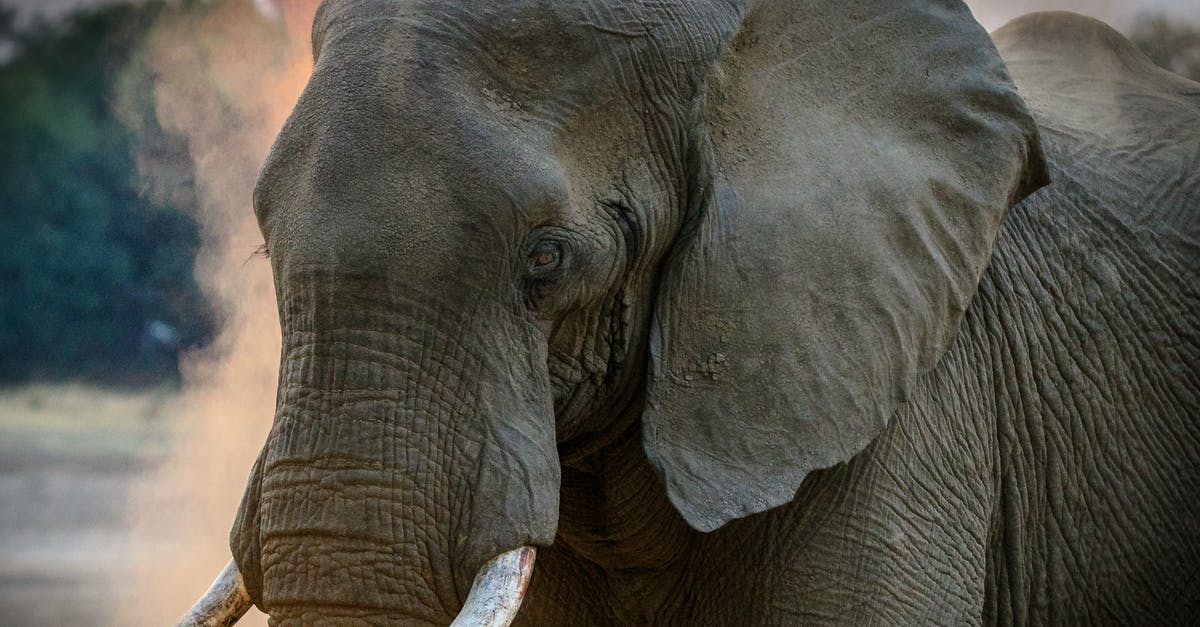How to avoid elephant skin on no-knead bread?

When I make my no-knead bread, the bottom of the bread always becomes extremely thick - almost like the skin of an african elephant.
I bake the bread in an IKEA 365+ pot made of stainless steel. The bottom of the pot is quite thin.
Do you experience something similar when baking and do you have any suggestions on how to avoid breaking the teeth on my guests?
My recipe:
- 600 g flour (I have tried all variants)
- 5-6 dl water
- A small hand of salt
- A pea of yeast
Dissolve the yeast in some water. Add flour. Add the rest of the water. Add salt. Mix the ingredients well. Wait for 12 hours. Pre-heat the oven and the pot to 275°C. Take out the pot, open it and add the mixture. Put it in the oven. Wait for 30 minutes. Take of the top of the pot. Wait for 15 minutes.
Take out the pot and take out the bread. Eat it now if you like hot bread, or wait 20-30 minutes if you want the bread to become less moist.
Best Answer
I have been baking no-knead bread in a heavy porcelain 2-qt.soufflé dish with a glass lid with great success and consistent crust on all sides. My recipe is based on Jim Lahey's magical recipe at http://cooking.nytimes.com/recipes/11376-no-knead-bread but I use only 1 1/2 cups water, 1 cup white whole wheat flour, 2 cups of bread flour,1 1/4 tsp. non-iodized table salt, and 1/4 tsp. instant yeast. SAF red label yeast provides consistent results. Once, I forgot to turn and shape it before baking so now I usually fold the dough a few turns in the bowl once earlier in the day and allow it to continue fermenting until baking time. (If I do turn it out to shape it as described by Lahey, I prefer rice flour to wheat bran to prevent sticking.)
I preheat the oven, pot, and lid at 550°F for half an hour and then pour the bubbly, risen dough into the pot. The nearly-liquid dough has visible gluten 'legs' as it is poured and sizzles as it hits the pot.
I reduce the oven temperature to 475°F and bake the dough for 30-35 minutes covered and another 15 or so minutes uncovered or until the internal temperature is 210°F. It can be baked directly on the rack for the last 5-10 minutes for a drier crust. I allow it to cool to 80-85 degrees before slicing to be certain that the final phase of bread baking, gelatinization, is completed and this very hydrated bread's interior isn't gummy when cut.
Heavy porcelain, ironstone, glass, cast iron all work well - slow cooker inserts or all manner of heavy vessels as described on baking blogs can be used. This dough is so wet that the bread takes the shape of the vessel in which it is baked.
The thermal mass of the vessel is important for storing and radiating heat energy to the bread dough. A vessel that is thick and dense such as cast iron, dense ceramic, or glass will more closely replicate the heated mass of the brick ovens traditionally used for artisan breads than will a thin vessel with less mass.
Pictures about "How to avoid elephant skin on no-knead bread?"



Why is my no-knead bread gummy?
Gummy bread usually occurs because the crust forms on the bread before the inside has reached its full volume.Why is the crust on my no-knead bread tough?
My bottom crust was too hard.Try raising the oven rack so the bottom is not as close to the heat. Your oven may be hotter than you think. Use an oven thermometer to assure your oven is the proper temperature. Try a slightly lower temperature by preheating to 450\xb0F but lowering the temperature to 425\xb0F to bake.How do you keep bread from getting wrinkly?
Try oven-cooling in your bread machine. The still-warm (but gradually cooling) air helps prevent moisture from condensing on your loaf's surface \u2013 helping prevent those unsightly wrinkles! The bread on the right was baked in the machine, then turned out of the pan onto a rack to cool at room temperature.Why is my bread gummy inside?
Gummy or sticky bread is often the result of an undone bread. One of the ways to avoid this problem is to use a thermostat to check the internal temperature of the loaf. when the bread reaches the temperature of 180 to 200\xb0C for soft bread fully-baked bread.No Knead Bread in an Hour, Quick and Easy Recipe, Dairy Free, Egg Free, Vegan
More answers regarding how to avoid elephant skin on no-knead bread?
Answer 2
The problem is that the dough is so moist on most no-knead breads, that the weight of the bread itself will crush down, leading to a difference in texture between the top and bottom of the loaf.
I suspect that's the reason that they often tell you to bake them in a pre-heated cast iron pot -- so that the bottom will set before the warmth of the oven causes the dough to relax so it crushes down from the weight.
Without the pot, I've had good luck with enriched doughs and breads that don't need to rise as high (rolls, loaves shaped more like a chibatta than a perfectly round boule) ... but I haven't done enough testing to say for sure that they would be better.
Sources: Stack Exchange - This article follows the attribution requirements of Stack Exchange and is licensed under CC BY-SA 3.0.
Images: Harvey Sapir, Pixabay, Rachel Claire, Katie Hollamby
